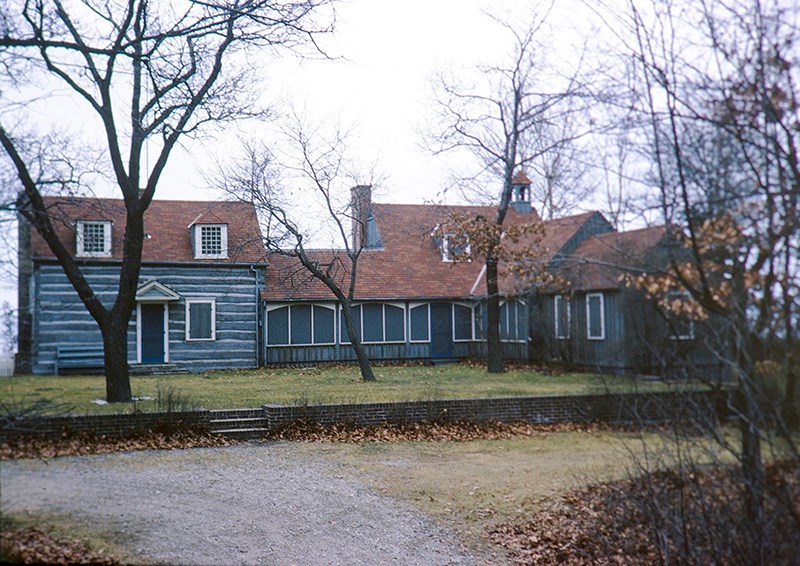 Phil Egan
Phil Egan
New information has come to light that reveals the log cabin in Canatara Park has more historic significance that previously thought.
And that could have a bearing on the fate of the structure, which city council is expected to consider on Monday, Jan. 21.
Last year, some Sarnia Heritage and Seaway Kiwanis officials concluded the neglected cabin had deteriorated beyond repair. In June, council approved a plan to demolish the structure and replicate it with a new one, keeping what original parts could be salvaged.
But a new report from a noted restoration expert has come to a very different conclusion, The Journal has learned.
Dan Bannon of Bannon Log Homes and Timberframes, a company that’s participated in more than 100 new builds and restoration projects in Canada, says the Canatara log cabin can and should be restored.
The Bannon report is expected to form part of a presentation to council next week.
When George Durand arrived at The Rapids, as Sarnia was known in 1833, the only European settlement was a cluster of log cabins on the riverfront. To see what they looked like, you need only visit the cabin in Canatara Park.
It’s believed it was built in Goderich around 1840 – a time of early settlement throughout Southwestern Ontario. The logs were disassembled, floated down Lake Huron to Sarnia, and reassembled here in the 1930s as a family summer home on Lakeshore Road.
It was originally owned by Sarnia royalty — Maud Hanna. Maud was a noted philanthropist who gave the city money to buy the land that evolved into Canatara Park, the cabin’s current home. She was also the widow of William “Jack” Hanna, president of Imperial Oil and a federal cabinet minister during the First World War.
Sandi Spaulding, Maud Hanna great-granddaughter, notes some distinguished people were visitors and guests at the cabin on Lakeshore.
They included Nobel Prize laureate Sir Frederick Banting, co-discoverer of insulin, who apparently practiced his penchant for doodling on the property’s outhouse walls.
Roberta MacAdams was another guest, according to family lore. The Sarnia-born Roberta, Maud Hanna’s sister, was an officer in the Canadian Army Medical Corp and elected to the Alberta Legislature in 1917, becoming one of the first two women elected to a legislature anywhere in the British Empire.
The cabin was donated to the city by Lorne Hay, a local builder and city councillor, in 1971. With its peg flooring, fireplace and cedar shingles, it became the focal point of special events like Easter in the Park and Christmas on the Farm.
I believe Sarnia needs to retain the links to it rich and historic past. If you feel the same, you can show support for saving our historic cabin by attending Monday’s council meeting, which begins at 4 p.m.
